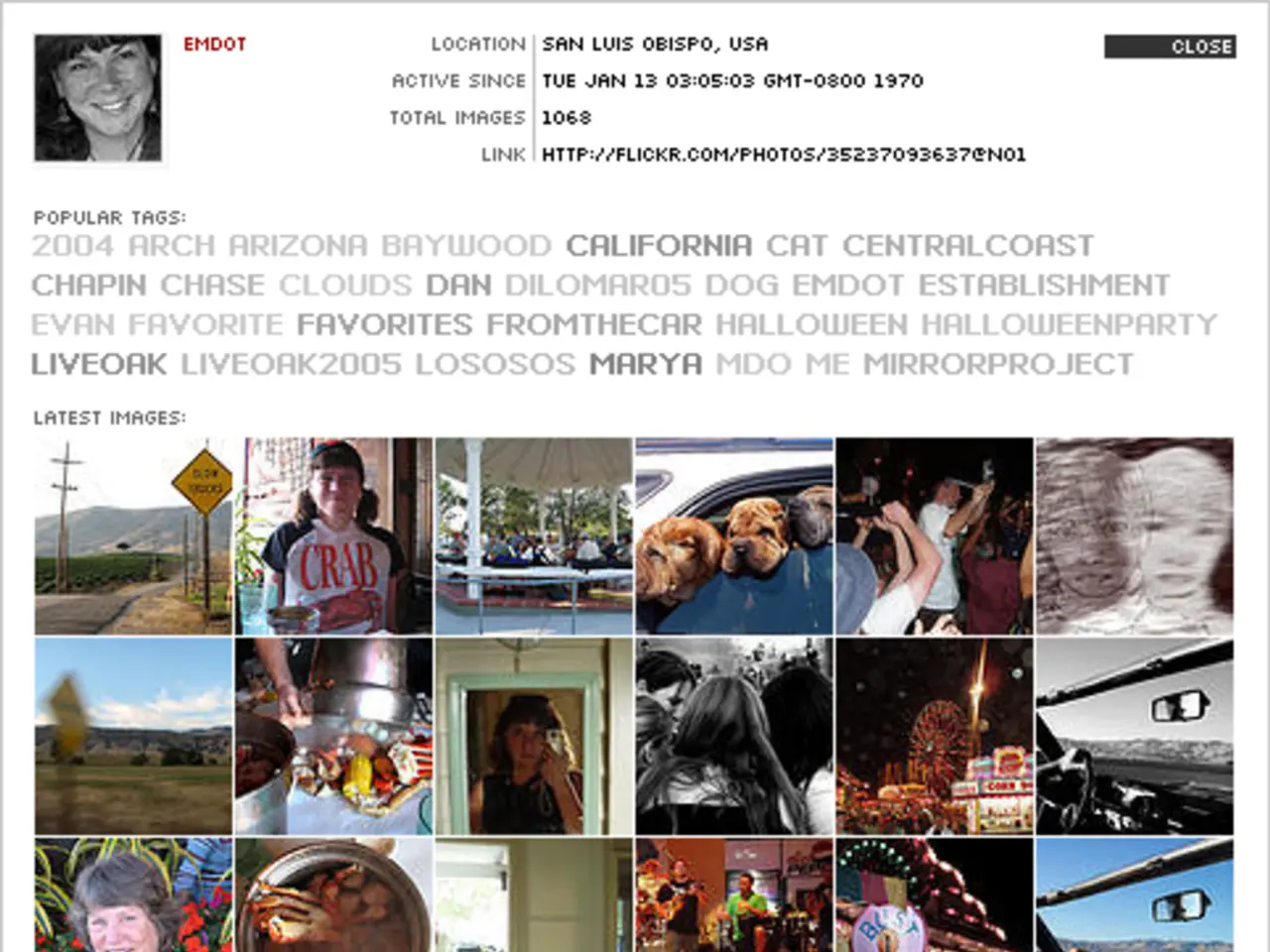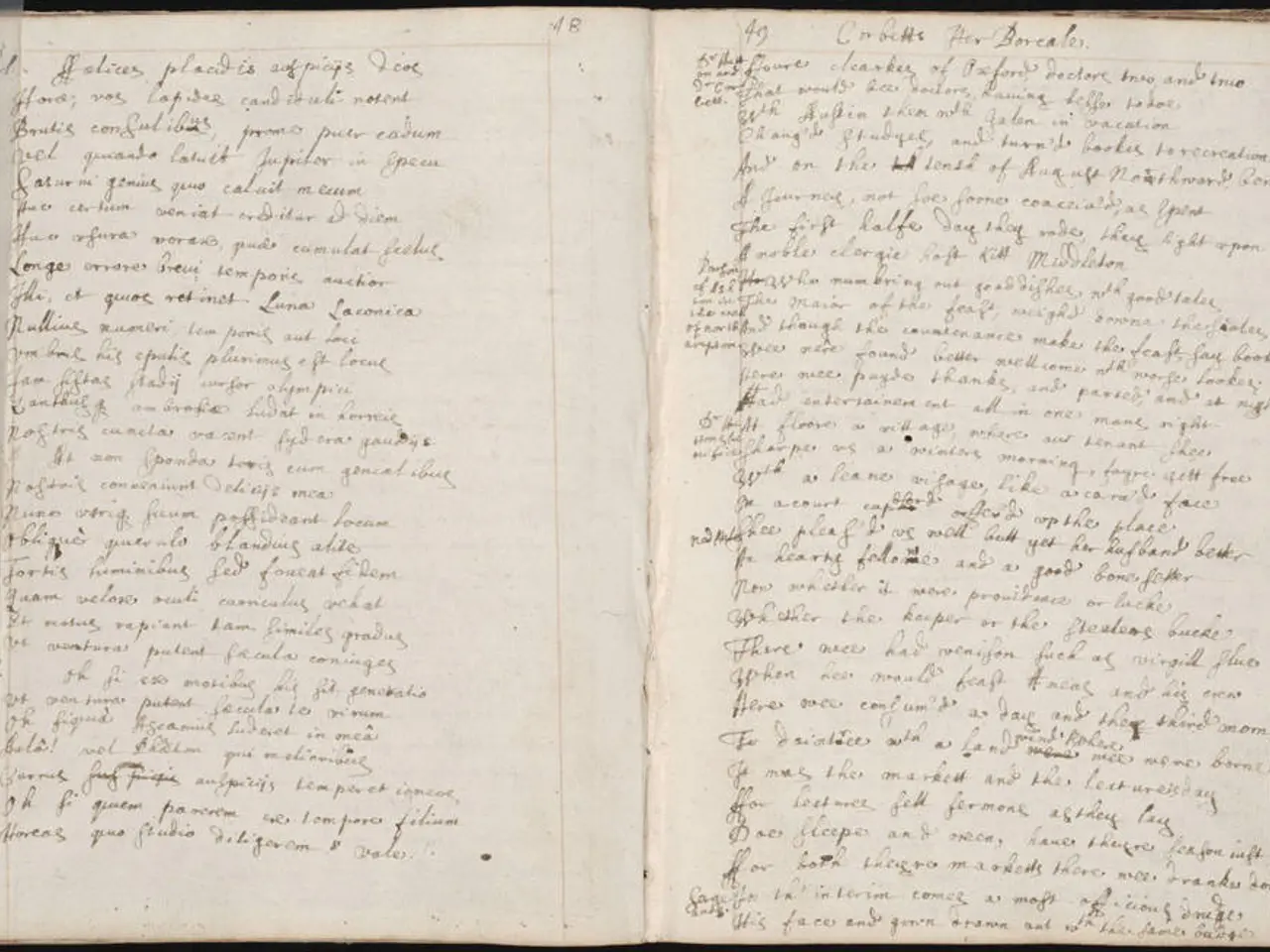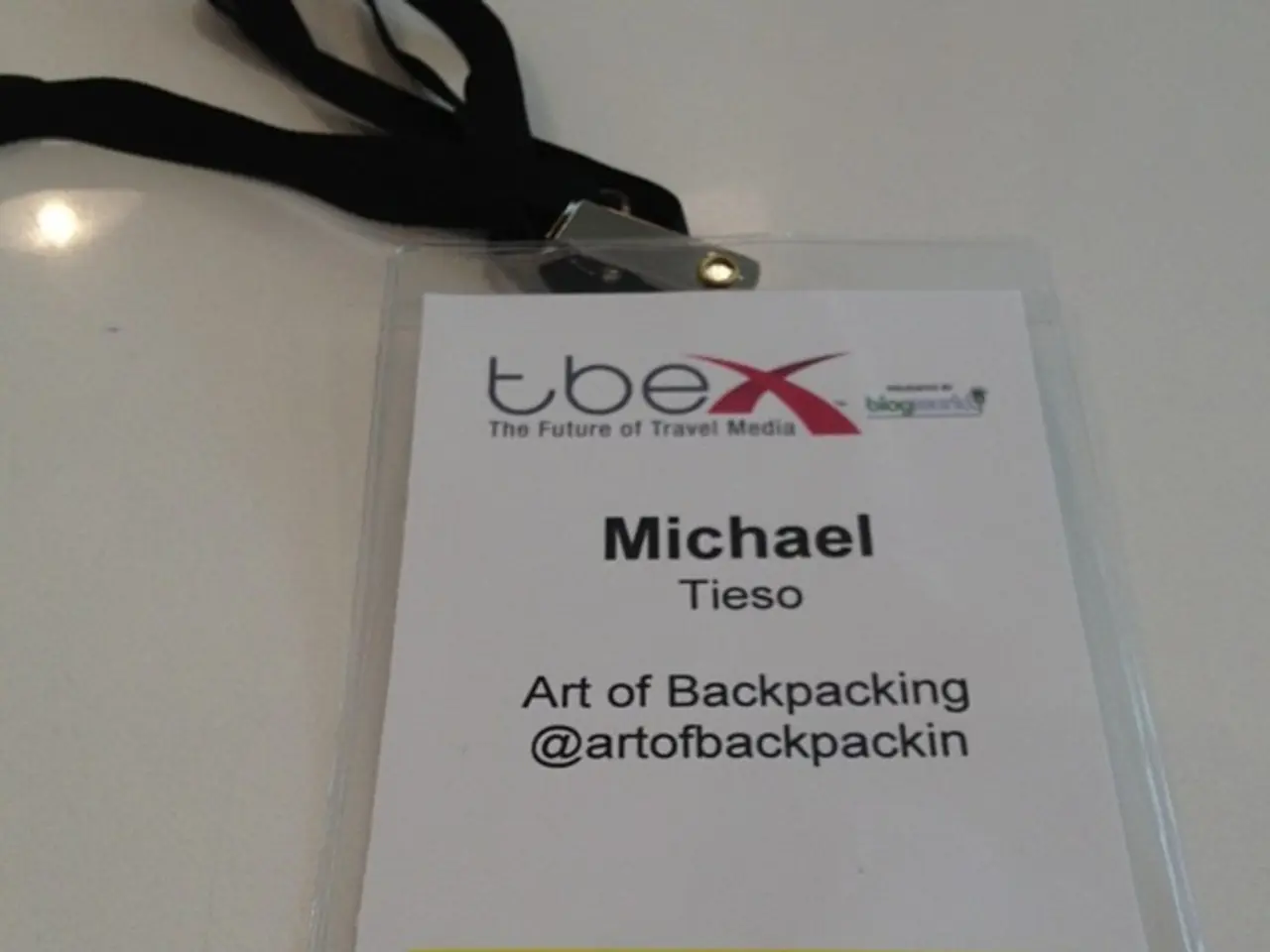Exploring the Connection: OpenAI's DALL·E and CLIP Technologies Transforming AI's Perception of the World to Mirror Ours
In a groundbreaking development, OpenAI, a leading research organisation in artificial intelligence (AI), has unveiled two innovative models: DALL·E and CLIP. These models aim to revolutionise the field of AI by combining natural language processing (NLP) with image recognition, offering a deeper understanding of everyday concepts.
CLIP, or Contrastive Language-Image Pre-training, is a model designed to bridge the gap between visual data (images) and textual data (language). It achieves this by training on a massive dataset of 400 million image-text pairs scraped from the internet. The core architecture of CLIP consists of three key components: a Text Encoder, an Image Encoder, and a Shared Embedding Space.
The Text Encoder, using a Transformer-based model, converts text into embeddings, dense vectors representing the semantic meaning of the words. The Image Encoder, initially experimenting with ResNet and Vision Transformers (ViT) for image encoding, ultimately chose ViT due to its superior performance in processing images. The ViT model transforms images into embeddings that capture the image's key features. Both the image and text encoders are trained to map their outputs into a shared embedding space, positioning the embeddings of matching image-text pairs close to each other, while those of non-matching pairs are far apart.
CLIP uses a contrastive learning approach, employing a multi-class N-pair loss function to encourage the embeddings of matching image-text pairs to have a high dot product, while those of non-matching pairs have a low dot product. This innovative approach allows CLIP to perform zero-shot learning, classifying images into categories it was not explicitly trained on, and to generalize across various visual and textual concepts.
Meanwhile, DALL·E demonstrates a remarkable ability to combine seemingly unrelated concepts, showcasing a nascent form of AI creativity. It generates multiple images based on a given text caption, addressing the limitation of previous AI models, which lacked a grounding in the real world. As DALL·E generates images, CLIP acts as a discerning curator, evaluating and ranking the images based on their relevance to the given caption.
The collaboration between CLIP and DALL·E results in a powerful feedback loop, helping DALL·E refine its understanding of the relationship between language and imagery. This unique training method allows CLIP to generalize its knowledge to new images and concepts it hasn't encountered before. The development of DALL·E and CLIP marks a significant step towards creating AI that can perceive and understand the world in a way that's closer to human cognition.
However, like all AI models trained on large datasets, DALL·E and CLIP are susceptible to inheriting biases present in the data. Addressing these biases and ensuring responsible use will be crucial for the development of DALL·E and CLIP. Further research is needed to improve the ability of DALL·E and CLIP to generalize knowledge and avoid simply memorising patterns from the training data.
The potential applications of DALL·E and CLIP are vast. They could lead to the development of more sophisticated robots and autonomous systems that can navigate complex environments and interact with objects more effectively. They could potentially improve communication with AI assistants by understanding visual cues. Their zero-shot learning capability and broad generalization make them an invaluable tool for educational purposes, allowing AI systems to understand and classify images without extensive training data.
In conclusion, OpenAI's CLIP and DALL·E are revolutionary models that are set to transform the way AI interprets and understands the world. Their innovative approach to linking images and text has significant implications for developing AI systems that can interpret complex multimedia data without extensive category-specific training. As research continues, we can look forward to a future where AI can generate more realistic and contextually relevant images, bridging the gap between human understanding and machine learning.
Technology, with its relentless march towards the future, now stands on the cusp of a revolutionary leap, as artificial intelligence (AI) takes centre stage. The groundbreaking models, DALL·E and CLIP, developed by OpenAI, embody this shift, promising to reshape the AI landscape by merging natural language processing (NLP) with image recognition.
The technology implemented in these advanced models, such as Vision Transformers (ViT) and the contrastive learning approach, positions them to perform zero-shot learning, classify images, and generalize across diverse visual and textual concepts, thereby bridging the gap between human cognition and machine learning in the AI sector.




